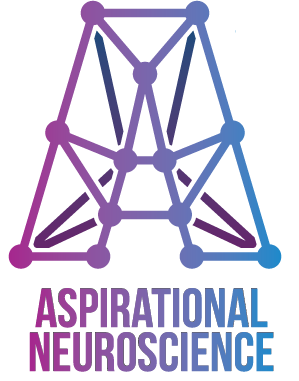Ryan, T. J., Roy, D. S., Pignatelli, M., Arons, A., & Tonegawa, S. (2015). Engram
cells retain memory under retrograde amnesia. Science, 348(6238), 1007-1013.
https://www.science.org/doi/full/10.1126/science.aaa5542
Engram cell tagging with c-Fos-tTA mice, optogenetics, whole cell voltage clamp to
record EPSC and AMPA/NMDA ratio for synaptic plasticity analysis. Behavioral: Contextual
Fear Conditioning (CFC), Tone Fear Conditioning (TFC)
Mouse Entorhinal Cortex (EC), Hippocampus Dentate Gyrus (DG), CA3, Basolateral
Amygdala (BLA)

Study uses protein synthesis inhibitor anisomycin (ANI) to induce partial amnesia of
a contextual fear memory (reduced freezing from natural cues), then shows that memory is still
recoverable at the normal level by optogenetic activation of DG engram. Conflicting
interpretations of these results have caused much controversy, including doubts as to whether
memories are stored in synapses (e.g. Trettenbrein 2016).
Here is my interpretation of results: Study starts by showing that ANI disrupts learning-induced
synaptic strengthening in the EC -> DG synapses (Fig1. A-F). Study then shows that ANI does
not significantly disrupt DG engram -> CA3 engram connectivity (Fig1 G). This may imply that
the DG -> CA3 synapses are pre-existing connections which do not require learning. Other
studies (e.g. Nabavi et al. 2014) have shown that fear learning also involves the strengthening
of synapses onto amygdala engram cells.
So CFC learning can perhaps be thought of as involving two critical pools of potentiating
synapses: 1.) EC -> DG synapses which learn to associate a particular natural context with a
unique set of DG engram cells, and 2.) DG -> … -> BLA synapses which learn to associated a
DG encoded context with a BLA represented shock event. ANI (at the level and timing used in
the study) presumably disrupts learning in both of these sets of synapses, but clearly it does not
completely erase all learning-induced strengthening as seen in the weakened (relative to saline
(SAL) controls) but still greater than baseline freezing seen in the ANI groups (Fig2, 3, 4).
Crucially, optogenetic activation of the DG engram cells directly results in freezing at statistically
equivalent levels between the ANI and SAL groups. This is the ‘retaining of memory under
retrograde amnesia’ referred to in the paper’s title.
A possible interpretation is that ANI mainly disrupts the EC -> DG learning, making DG
reactivation from natural cues more difficult. Since optical activation of DG bypasses these
synapses, it does not suffer the same level of ANI disruption. Under this interpretation, this
study presents a novel dissection of CFC learning showing which sets of synapses are involved
in learning.
A different interpretation however is that ANI disrupted all synaptic learning (including that
downstream from DG), raising the question as to how optogenetic activation of the DG engram
can recall the memory at all. This interpretation has led to the radical proposal that synaptic
strengthening is not needed to encode a new memory (e.g. Trettenbrein 2016). But this
interpretation seems, to me, unwarranted. We know that some memory was preserved after ANI
(just reduced freezing relative to SAL control), meaning that some DG -> … -> BLA
strengthening must have been preserved. If the direct (synchronous) optogenetic activation of
the DG cells caused a more effective downstream drive (as suggested in Roy et al. 2017) then
this would explain the ‘full recall’ seen with optogenetic DG activation. Here is a quote from Roy
et al. regarding this:
“We investigated the strength dependency of optogenetic stimuli in reactivating silent engram
cells for recall in retrograde amnesia. For this purpose, we used three levels of blue laser
power: 25, 50, and 75% (Fig. 2 A and B). Using ex vivo electrophysiology, the effect of the three
levels of blue laser power on engram cell activation was validated (Fig. 2C). At 25% laser
power, direct light activation of DG engram cells resulted in memory recall in saline mice, but
not in anisomycin mice (Fig. 2D).” – Roy et al. 2017
In summary, the original Ryan et al. 2015 study used novel techniques (anisomycin amnesia
combined with a range of engram tagging studies) to determine which sets of synapses (EC ->
DG, DG -> CA3, DG -> … -> BLA) are involved in Contextual Fear Conditioning.
“[W]e identified an increase of synaptic strength and dendritic spine density specifically
in consolidated memory engram cells. Although these properties are lacking in engram cells
under protein synthesis inhibitor–induced amnesia, direct optogenetic activation of these cells
results in memory retrieval, and this correlates with retained engram cell–specific connectivity.
We propose that a specific pattern of connectivity of engram cells may be crucial for memory
information storage and that strengthened synapses in these cells critically contribute to the
memory retrieval process.”
